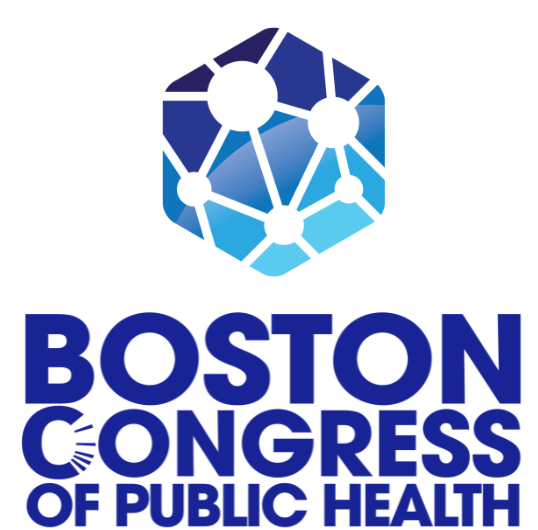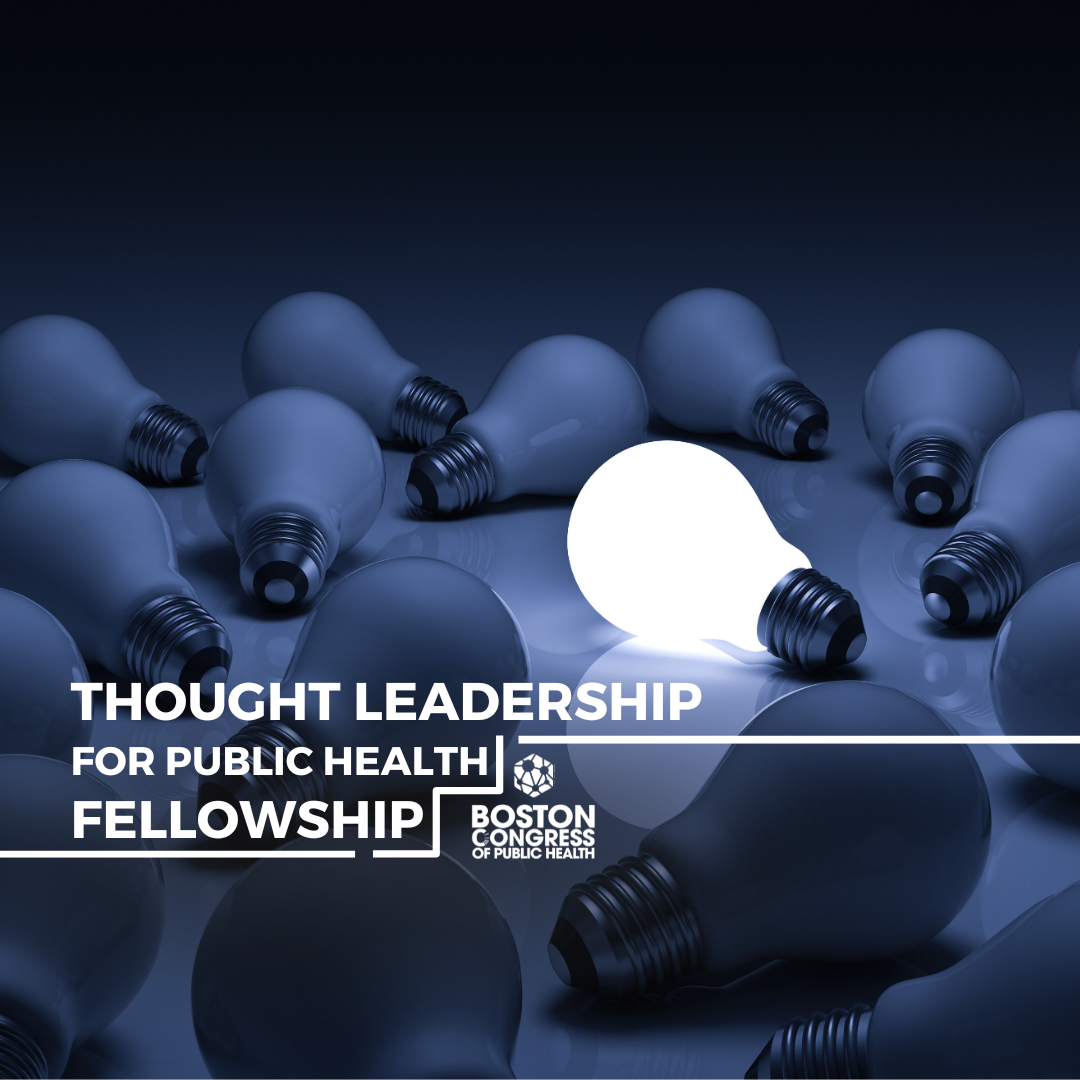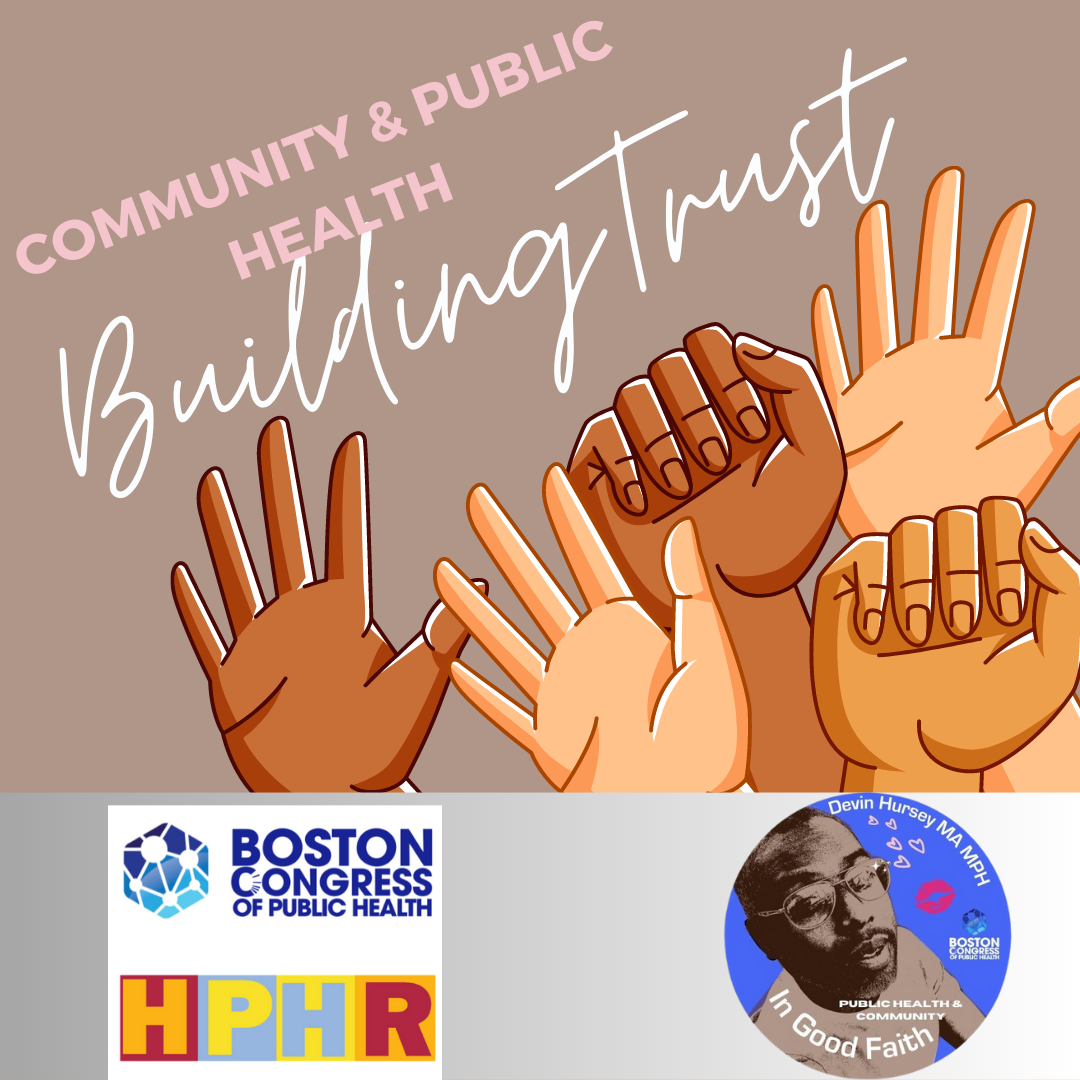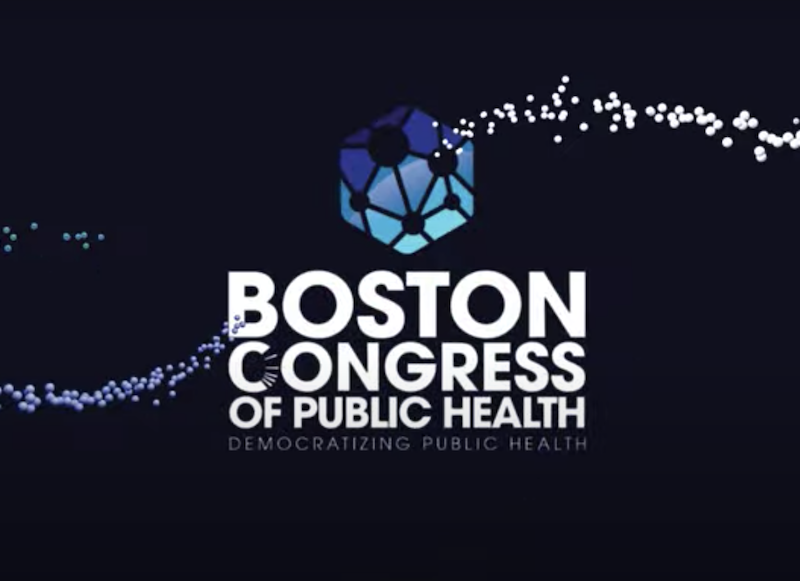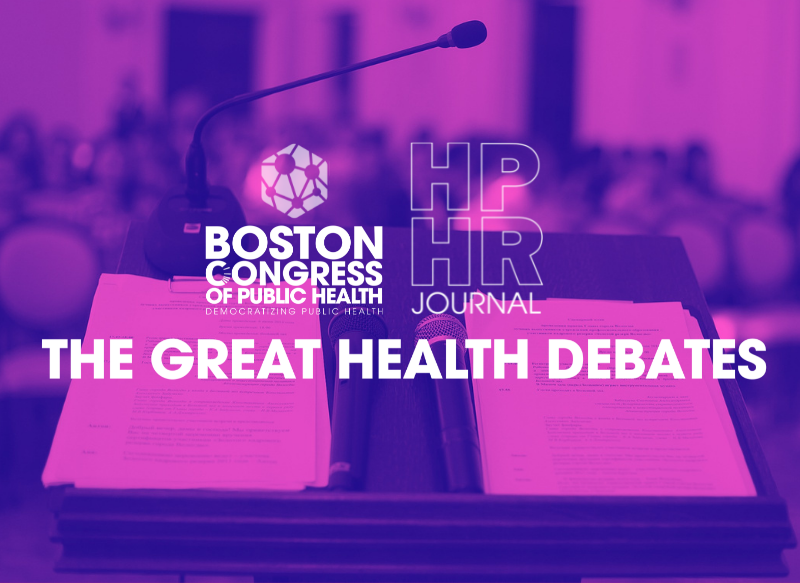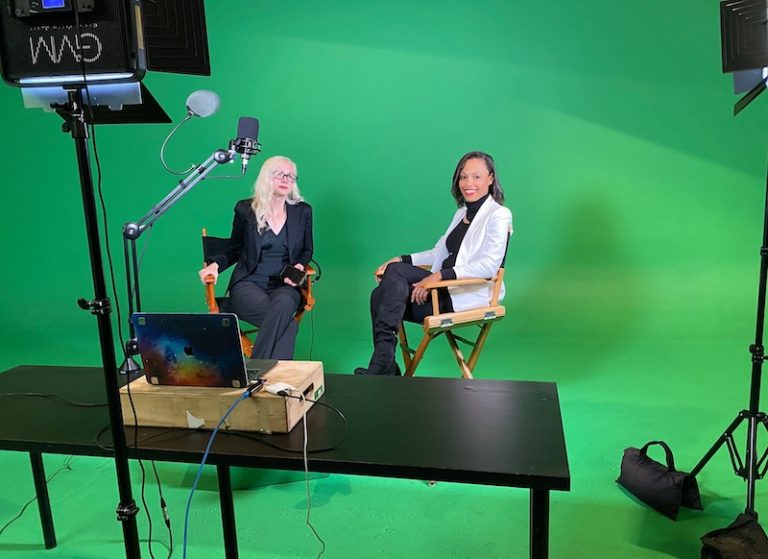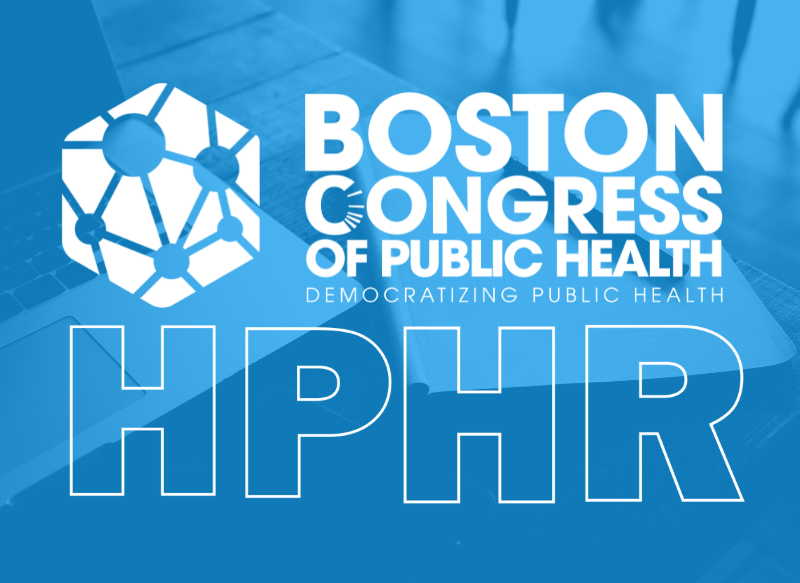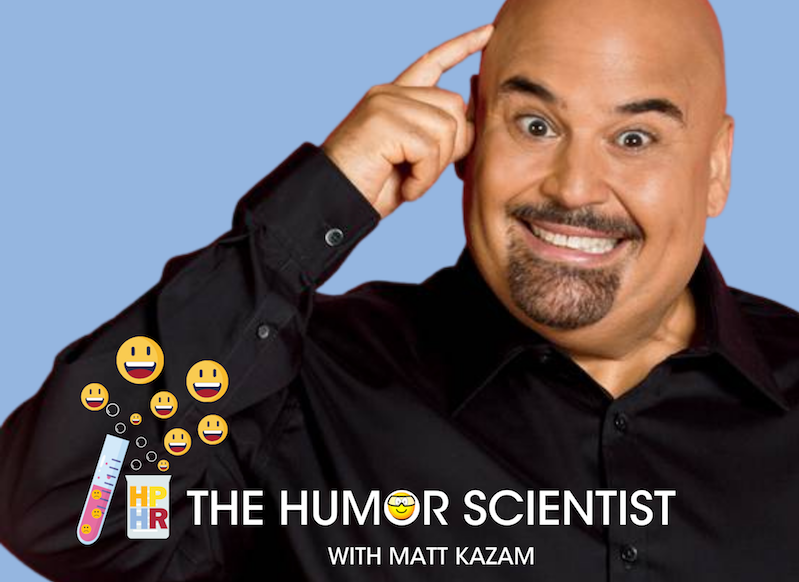On March 15 2020, the country completely changed within a matter of hours when the first reported cases of COVID-19 reached the U.S. I remember being at work, at around 2:00 pm, when I was instructed to use N-95 masks and airborne pathogen protocols for the remainder of the week. That first mask mandate was followed by the unprecedented nationwide shutdown. At the time, I was working as a peer educator at an HIV clinic in Kansas City MO.
I had dedicated much of my professional and academic career to understanding public health in the context of HIV, especially as it pertains to the health and human rights of people living with HIV. I was familiar with the bureaucracies involved in resource allocation and planning for HIV services, and the reality that Black men who have sex with men remain at the most at risk for HIV despite many scientific advancements. So, it came as no surprise that Insidence and prevalence trends quickly began to mirror those of the HIV epidemic.
Two dominant narratives emerged as it pertains to COVID-19 incidence: vulnerability and irresponsibility. On the one hand, elderly populations, and those living with chronic illness were believed to be especially vulnerable to severe outcomes if exposed to COVID-19. Those who made frequent trips outside of their home or entered public spaces, however, were considered irresponsible.
The reality is less binary. For what it’s worth, I think that implementation of physical distancing was fairly successful. By no means am I saying that 113 million deaths and more than 150 million cases attributed to COVID-19 are acceptable, but given the circumstances, things could have been much worse. The fact is, the country was unprepared for such a shift in the way that we all live.
The pandemic reenforced the impact of structural vulnerabilities that many of us already knew existed, keeping marginalized communities at risk for communicable diseases. In addition, the political environment in the wake of George Floyd and others lost to state-sponsored violence, coupled with a widening political divide gave way to the politicization of the COVID-19 response. Although government institutions, such as policing and the criminal justice system were eroding, trust in public health was critical to our survival.
Just a few things to consider:
